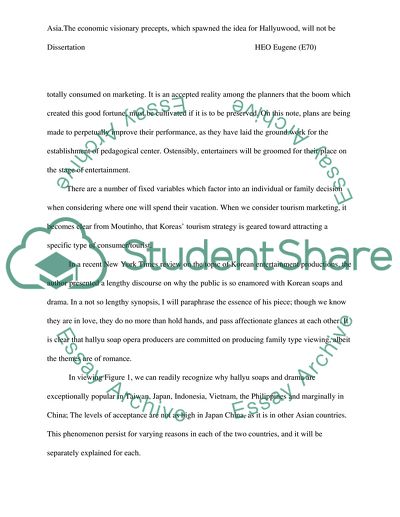Cite this document
(“The Influence Of Hallyu To Image Of Korea As A Tourist Destination And Dissertation”, n.d.)
The Influence Of Hallyu To Image Of Korea As A Tourist Destination And Dissertation. Retrieved from https://studentshare.org/marketing/1535201-the-influence-of-hallyu-to-image-of-korea-as-a-tourist-destination-and-asian-tourists-decision-making
The Influence Of Hallyu To Image Of Korea As A Tourist Destination And Dissertation. Retrieved from https://studentshare.org/marketing/1535201-the-influence-of-hallyu-to-image-of-korea-as-a-tourist-destination-and-asian-tourists-decision-making
(The Influence Of Hallyu To Image Of Korea As A Tourist Destination And Dissertation)
The Influence Of Hallyu To Image Of Korea As A Tourist Destination And Dissertation. https://studentshare.org/marketing/1535201-the-influence-of-hallyu-to-image-of-korea-as-a-tourist-destination-and-asian-tourists-decision-making.
The Influence Of Hallyu To Image Of Korea As A Tourist Destination And Dissertation. https://studentshare.org/marketing/1535201-the-influence-of-hallyu-to-image-of-korea-as-a-tourist-destination-and-asian-tourists-decision-making.
“The Influence Of Hallyu To Image Of Korea As A Tourist Destination And Dissertation”, n.d. https://studentshare.org/marketing/1535201-the-influence-of-hallyu-to-image-of-korea-as-a-tourist-destination-and-asian-tourists-decision-making.


